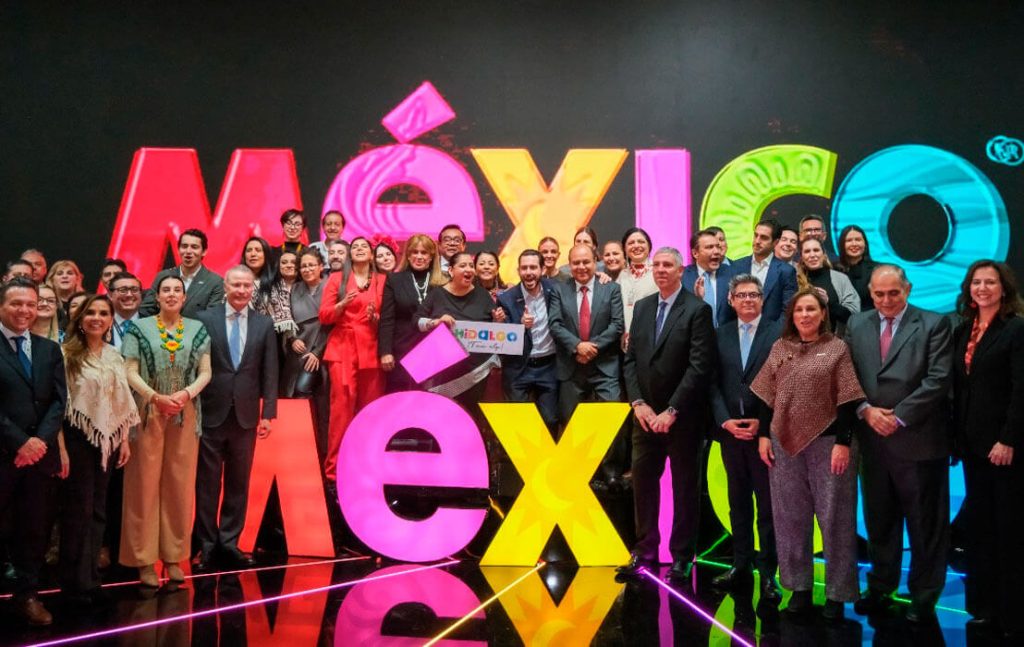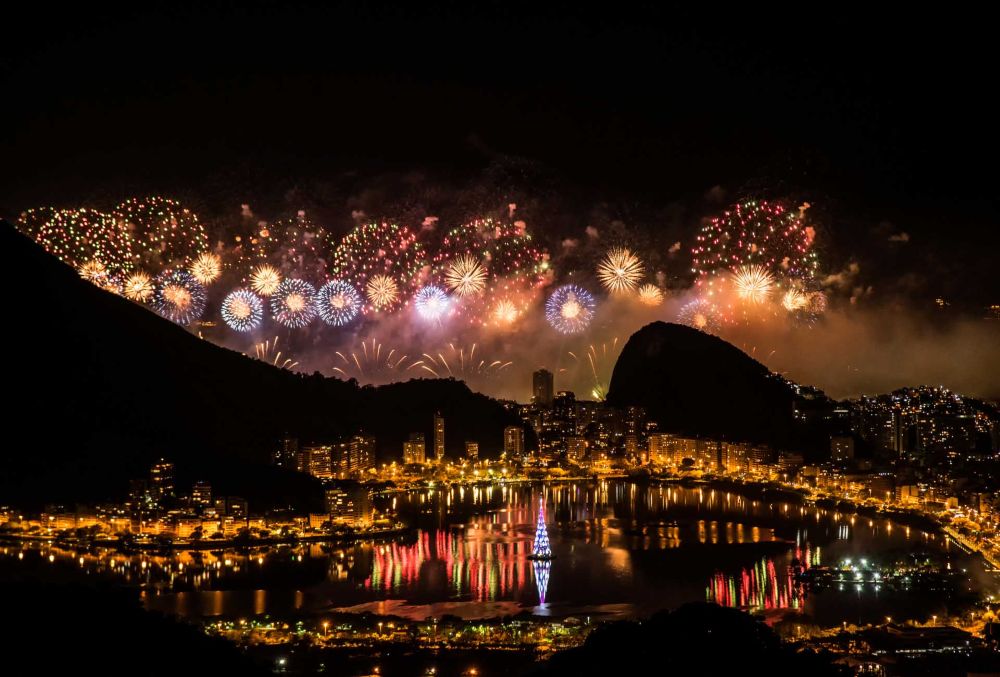Texte de Ruben Otormin – Traduction de Claudia Oudet – Cet article a été publié initialement sur le site www.elcafelatino.org
Dans notre article précédent, nous disions que le cinéma latino est un cinéma d’engagement, un cinéma d’auteur, un cinéma où l’on privilégie la dénonciation et la sociologie des cultures plutôt que le cinéma de masse. Divertissants ou effrayants, les films de science-fiction ou de « catastrophe » intéressent beaucoup moins les créateurs, producteurs et réalisateurs latino-américains.
Bien que le public latinoaméricain soit avide d’histoires d’amour et de superproductions hollywoodiennes, ses principaux réalisateurs poursuivent la tradition de privilégier un cinéma politique et social qui révèle les inégalités et les abus.
Nous disions également dans cette précédente édition que, comme toute forme d’art, le cinéma est tributaire du soutien de leurs gouvernements respectifs, et par conséquent, du soutien que les institutions audiovisuelles accordent à leurs cinéastes. À cela s’ajoute la capacité de chaque groupe (cinémathèques, associations de réalisateurs, etc.) à créer des liens et à intéresser des distributeurs et des investisseurs d’autres pays, en créant ce qui fonctionne de plus en plus chaque jour : les COPRODUCTIONS.
L’arrivée des géants du streaming sur le marché mondial a considérablement multiplié le nombre de coproductions et de nombreux petits et grands réalisateurs latino-américains ont trouvé un soutien financier auprès d’Amazon, Disney et Netflix, pour n’en citer que quelques-uns.
Faire un film en Europe ou aux Etats-Unis coûte entre 300.000 et 500.000 euros, dans le cas où il n’y a ni voyages, ni changements de décors dans d’autres pays, c’est-à-dire, si le tournage se fait en studio, ou bien en utilisant les paysages locaux. C’est le budget minimum.
En Amérique latine, le coût est divisé par 2 ou 3. Par conséquent, investir dans un film argentin ou chilien n’est pas la même chose qu’investir dans un film allemand ou suédois. Mais bien entendu, nous suivons la classification que font toutes les sociétés de production de films dans le monde ; tout dépend du pays et de la popularité du réalisateur. Il y a des pays qui se sont fait une place dans le monde du cinéma. C’est le cas de l’Argentine, du Mexique, du Brésil et de l’Uruguay.
D’autres, comme la Colombie et le Pérou, ont accru leur présence sur le marché européen en participant davantage aux festivals de cinéma latino-américain (Biarritz, San Sebastian, Bruxelles), ou en créant leur propre festival, soit dans leur pays d’origine, soit dans d‘autres pays (Festival de Cine Peruano à Paris, Festival du cinéma colombien à Vienne, etc.)
Continuons ce tour du monde latino et jetons un coup d’œil aux autres pays où le cinéma est moins connu, mais non moins important pour leur culture.
Commençons par le cinéma chilien
Comme la plupart de ses voisins latino-américains, le cinéma chilien a connu trois phases : ses premiers pas (années 1900) en tant que cinéma social et culturel ; puis, une interruption provoquée par une forte censure entre 1970 -1985, et, enfin, le nouveau cinéma chilien qui a émergé à la fin des années 1980.
Pendant la dictature de Pinochet, la plupart des cinéastes chiliens ont continué à travailler en dehors du pays, comme Raúl Ruiz, Patricio Guzmán et Alejandro Jodorowsky. Mais c’est à partir des années 2000 que le cinéma chilien a pris un élan international, grâce notamment à des coproductions argentino-chiliennes, ou des coproductions avec des pays européens comme l’Allemagne, la France et l’Espagne.
Le nouveau cinéma chilien maintient sa ligne de cinéma d’auteur, de cinéma engagé, surtout avec des minorités ethniques ou des classes défavorisées au Chili, avec une position politique très forte.
Cela a fait surgir dans le panorama mondial une impressionnante galerie de créateurs tels qu‘Andrés Wood (Mi amigo Machuca), Patricio Guzmán (Nostalgie de la lumière), Sebastián Lelio (Une femme fantastique), Pablo Larraín (No) et Sebastián Silva (Nana), qui a donné naissance à une génération dorée de jeunes cinéastes au talent énorme.
Son école de cinéma, l‘une des plus prestigieuses d’Amérique latine, a produit des talents tels qu’Alejandro Amenábar et Mario Alberdi, récompensés en Europe pour leurs documentaires sur Allende et la réalité des Mapuches et leurs conflits pour défendre leurs terres.

Le cinéma vénézuélien
Il est très prolifique, mais, à l’instar du cinéma uruguayen, il a beaucoup de mal à s’imposer en Europe et aux États-Unis. Pire encore, il est peu connu dans son propre pays. Jusqu’à 2000, le public vénézuélien suivait les films américains et européens et évitait le cinéma national. Et c’est grâce aux prix obtenus à San-Sebastian (Pelo Malo de Rondón), Biarritz (La Familia de Rondón Córdova), Bruxelles (Dirección Opuesta de Bóllame) et Venise (La fortaleza de Chalbaud) que le public vénézuélien est revenu voir son propre cinéma.
En 2006, l’inauguration de la Fundación Villa del Cine (Cinémaville), un gigantesque complexe cinématographique, donne un nouvel essor à l’industrie du cinéma. Le gouvernement vénézuélien, à partir de 2005, a investi une partie de ses bénéfices pétroliers dans la culture audiovisuelle en accordant des bourses, des subventions et en créant des festivals de films vénézuéliens internationaux.
Des films comme « Postales de Leningrado » de Mariana Rondón, ou « Mirada Regresa » d’Alberto Lamata ont été entièrement financés par les universités et le gouvernement, ouvrant ainsi l’accès à de nombreux films financés par l’état.
Actuellement, la production vénézuélienne est l’une des plus importantes d’Amérique latine, bien que son anonymat continental ou mondial provoque un sentiment d’injustice à ses créateurs.
Passons maintenant au cinéma bolivien
Le cinéma bolivien a commencé sa vie tardivement par rapport aux autres pays d’Amérique latine. Le public et ses cinéastes se sont intéressés véritablement à leur cinéma national entre 1915 et 1925 avec la première société cinématographique et l’ouverture de salles de cinéma, notamment dans la capitale. À partir de 1955, avec l’arrivée de cinéastes comme Jorge Ruiz « La vertiente », le cinéma bolivien fait ses premiers pas réels dans le cinéma sociologique et politique. L’arrivée de la dictature d’Hugo Banzer a motivé un autre type de cinéma, romantique et divertissant.
Le cinéma politique, engagé, qui conteste le pouvoir militaire et l’exploitation des paysans est censuré et pendant 20 ans, le cinéma bolivien est devenu une propagande ou un divertissement pro-gouvernemental. Pendant cette période, la cinémathèque bolivienne a été créée, mais elle était fortement contrôlée par les militaires et la répression.
À partir de 1990, le gouvernement se démocratise et par la même occasion, libère la culture et des subventions. Ainsi est créé le fond de promotion cinématographique qui, comme au Chili et au Venezuela, aide les jeunes créateurs à réaliser leurs films. La Bolivie reprend son cinéma sociologique, qui comprend un nombre important de documentaires dénonçant l’exploitation de l’Altiplano et de l’Amazonie. Parfois sous une forme inédite : le dessin animé. C’est le cas de « Paulina y el cóndor » de Mario Barragan ou Denis Chapon « Abuela grillo ».
Ainsi, le début des années 2000 voit l’arrivée sur la scène latino-américaine de cinéastes tels que Hugo Ara « La oscuridad radiante », Paolo Agazzi (El día que murió el silencio), Mauricio Calderon « El triángulo del lago » et Martin Boulocq « Lo más bonito y mis mejores años ».
Le nouveau cinéma bolivien des années 2000 cherche avant tout à montrer les profils de la société bolivienne dans toutes ses classes et ses différences. Des films comme « Zona sur », « El ascensor » ou « Tierra sin mar » brossent le portrait de l’énorme fossé qui sépare les classes supérieures boliviennes de la paysannerie, essentiellement indienne.
La loi bolivienne sur le cinéma a été promulguée fin 2018 après plusieurs années d’organisation et de revendications du secteur audiovisuel, et sa réglementation est actuellement traitée par l‘Unité d’analyse des politiques sociales et économiques (Udape). En a résulté en 2020, la création du Fondo de Fomento Cinematográfico (El Fondo 2020). Le Fonds 2020 est financé par un accord entre ADECINE et le ministère de la Planification du développement. L’objectif est d’aider les jeunes créateurs à réaliser leurs films.
Je vous propose de terminer ce tour par l’Équateur
Comme le cinéma bolivien, le cinéma équatorien est né tardivement par rapport aux autres pays. Sa naissance officielle en tant qu’art public remonte à 1920, mais c’est en 1950 que les premiers cinéastes sont apparus et que le public équatorien s’est intéressé à son cinéma national, notamment les institutions gouvernementales. Des partenariats avec des producteurs latino-américains, notamment mexicains et argentins, lui permettent d’exister dans l‘univers latino-américain et nord-américain, mais sans pouvoir entrer sur le marché européen. Le cinéma équatorien privilégie les films musicaux, romantiques, biographiques et tout public. Des entreprises telles que Ecuador Sono Film et La Cinemateca Ecuatoriana ont créé « Asocine » , l’un des premiers grands syndicats du cinéma en Amérique latine.
Des films comme « Guayaquil de mis amores » de Dimenjo, ou « La divina canción » et « Incendio » de Nicasio Safadi sont basés sur des succès musicaux qui plaisent au public mélomane de la région.
Le cinéma équatorien exploite un filon important en Amérique latine : la chanson et ses chanteurs phares. Des stars du cinéma comme Mariano Moreno au Mexique, Carlos Gardel en Argentine ou Vinicius de Moraes au Brésil ont donné une impulsion importante au cinéma latino, et le cinéma équatorien se « spécialise » dans ce type de film.
À partir de 1980, le cinéma équatorien a rejoint la vague du cinéma sociologique, politique et d’auteur dans le reste de l’Amérique latine. Des réalisateurs comme Camilo Luzuriaga avec « La tigra » ou « Entre Marx y una mujer desnuda » ou « Ratas, ratones, rateros » de Sebastián Cordero marquent le début d’un cinéma socialement engagé.
Les coproductions se sont multipliées à partir de 2000, notamment avec les pays voisins (Colombie, Venezuela). Des films tels que « Que tan lejos », « Crónicas », « Rabia » et « Pescador » ont été présentés dans des festivals tels que Cannes et Montréal et ont même touché le public américain des Oscars avec « Que tan lejos ».
Depuis 2015, le cinéma équatorien s’exporte progressivement vers le grand public européen et remporte avec lui des récompenses internationales.







